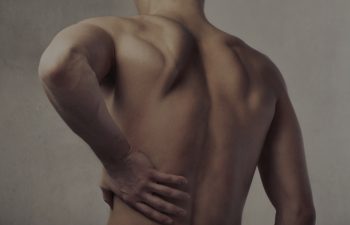
There are several types and causes of back pain. Many of them are excruciating and can severely limit your mobility. Finding proper treatment is vital in preventing further pain and damage. Lumbar Spinal Stenosis is one of the common types of back pain.
What is Spinal Stenosis?
Lumbar Spinal Stenosis is a painful, degenerative disease that causes the canal that holds the nerves in the spine to get smaller, squeezing and pinching the nerves. While stenosis can happen in other areas, lumbar refers to the lower back area. Lumbar Spinal Stenosis can be very painful, with nerves reacting to being compressed; the sciatic nerve is notorious for pain down the leg into the foot for many people.
Lumbar Spinal Stenosis (LSS) can be caused by several factors, the most common being osteoarthritis. Other factors include other diseases or conditions, injury to the spinal cord, a narrow spine from birth or a tumor.
What are the Symptoms of LSS?
When LSS begins, there may not be symptoms; however, the degeneration will begin to show itself with time. There’s often back pain and aggravating symptoms in the leg, including burning, tingling and numbness. In addition, you can develop a drop foot, which means the muscles to lift the foot properly are being affected and damaged.
LSS is degenerative and progressive. Unfortunately, currently, there is no cure. However, treatments are changing and treating the condition effectively for many.
How is Lumbar Spinal Stenosis Treated?
Your healthcare team will likely order physical therapy, and you will learn different exercises to strengthen your back and learn to do things properly to prevent further problems. Anti-inflammatory medicines and steroids are often used to reduce the swelling that contributes to the pain. Surgery has always been the last resort.
Fortunately, medical technology has advanced to allow a specially trained and qualified doctor to perform minimally invasive surgery to treat LSS. In this specialized surgery called MILD, a minimal incision is made, and tiny tools and high-resolution imaging allow the surgeon to remove bone spurs and other impediments in the lumbar spinal canal.
The MILD surgery is done under local anesthesia, and the patient can resume some light activities in just days, rather than full anesthesia and months of recovery time. This micro-surgery is a major advance in treating LSS.
If you or a loved one suffer from lumbar spinal Stenosis, contact FullRange Spine & Ortho for more information regarding minimally invasive surgery to relieve the pain and constriction. Our team is fully qualified and experienced in treating lumbar spinal stenosis with the least invasive treatment available.
Posted on behalf of FullRange Spine & Ortho